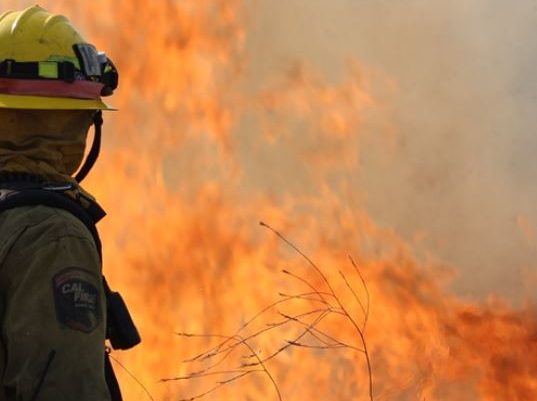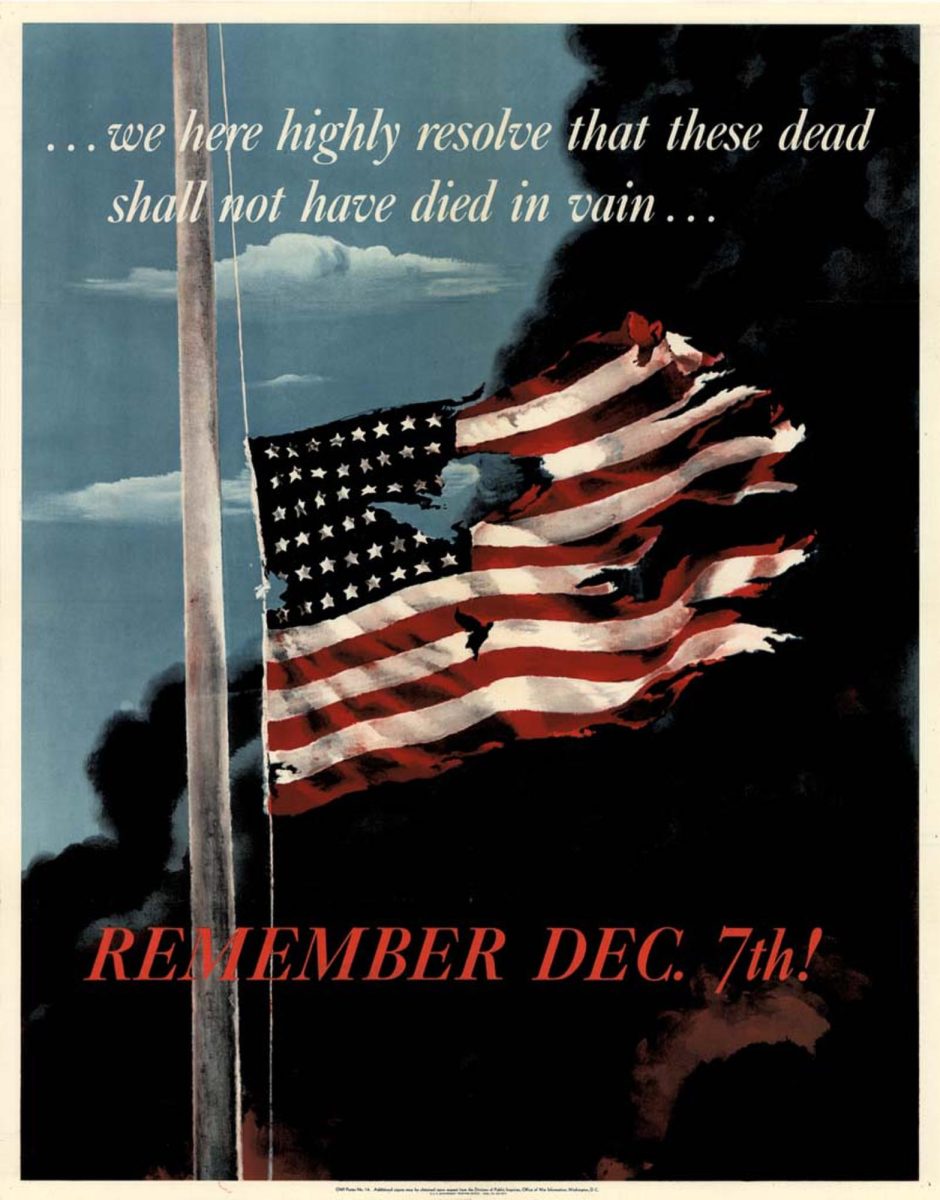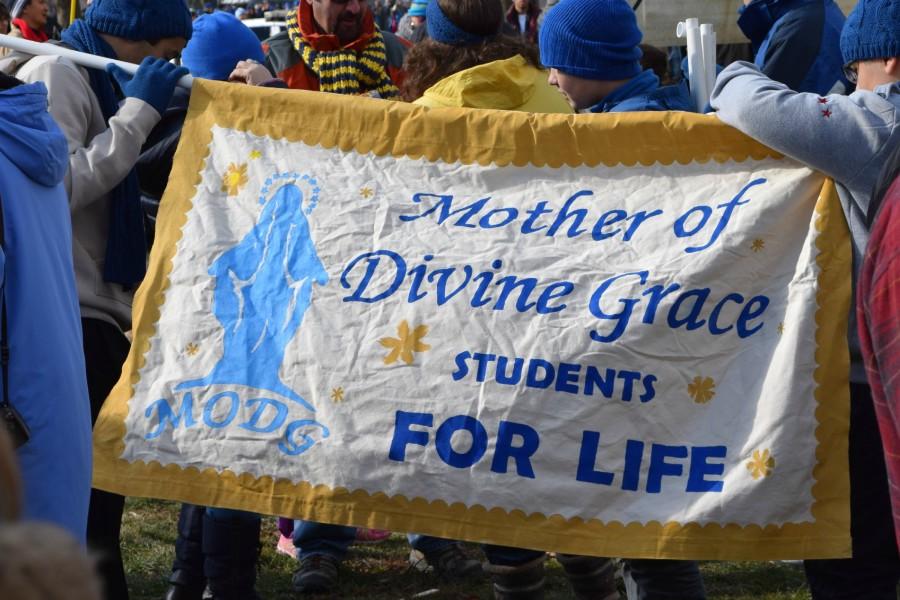Why was there such a separation from reverent worship within the Liturgy that sparked after the Second Vatican Council? Are we to believe that much of the irreverent kinds of worship done within modern churches today was taught by the council? No, we are not to believe that this was caused by the teachings of the council. The Second Vatican Council’s teachings was overtaken by what we know as the “Spirit of Vatican II,” the changes implemented in the churches which were not in congruence with the council. So, why was the council called, what did the council teach, and why did it spark such a decline of reverence?
Why was the council called?
The Second Vatican Council was called by Pope John XXIII in 1962 and lasted until 1965 with bishops attending numbering in the thousands. The council was called preeminently to finish what Vatican I couldn’t because it was interrupted by the war and also to reform how the faith was articulated to people. The council took into consideration the teachings and traditions of the Church over its 2,000 + years of life and used this with the goal of refreshing the Church and making the Word more accessible.
What did the council teach?
While this article is going to focus primarily on Sacrosanctum Consilium, it is important to take note of all the documents of the Second Vatican Council. There are four constitutions, three declarations, and nine decrees. I will only state the constitutions because they hold the most authority. These are:
Sacrosanctum Consilium: Sacred Liturgy
– Reform of the Liturgy (The Mass)
– Importance of the Eucharist
– New Roman Missal and vernacular language
(See detailed teachings below)
Lumen Gentium: Dogmatic Constitution
– The identity of the Church and its members
– The Church as universal
– Mary’s role in the Church
Dei Verbum: Dogmatic Constitution
– Divine Revelation
– Scripture is divinely inspired
– The role of the Magisterium
Gaudium et Spes: The Church in the Modern World
– The Church with man and his struggles
– The Church’s mission in the World
– Urgent problems of the World and its culture
Brief details of Sacrosanctum Consilium within the Liturgy
The use of Latin:
Latin remains the norm; however, the usefulness of the vernacular language renders it acceptable for the sake of the people.
Latin is not to be eliminated but encouraged to be learned by the people for specific parts of the Mass. (such as Our Father, Gloria, and other chants)
Sources: par. 36, par. 54
The use of Sacred Music:
Gregorian chant is extremely important within the Mass.
Choirs are highly encouraged; polyphony and other sacred music are very acceptable if it suits the season.
Sources: par. 114, par. 116, par. 118
Reverence within the Liturgy:
The people of the Church should come with proper disposition and be concise about what they are doing with full reverence and collaboration. Awareness is the key to reverence.
Sacred Silence is an important act of reverence.
The beauty of the physical environment of the Church reflects God’s Glory and inspires reverence.
Sources: par. 7, par. 10, par. 11. Par. 30, par. 48
Why did the council spark such a decline of reverence within the Church?
After reading a brief summary of the things taught about Liturgy by council, it makes one wonder how the “Spirit of Vatican II” was something so different. Well, considering the time of the council, the Church could not just send an email to all the diocese and churches of the World. It still took time to reach everyone without the fast-paced media that we have today. So, while the format of the Liturgy was changed, and no one was there to help each pastor make the changes, they had to improvise to an extent. This, by no fault of their own, caused them to make the wrong kinds of changes to Liturgy. Another extremely large cause is the Paracouncil. The Paracouncil was the theologians who took the publishing on Vatican II’s document as a chance to insert their own theology. Before the council even had a chance to publish all their documents, these theologians started to publish things not that the council actually said but things that they wanted it to say. While the everyday Catholic would not choose to read pages and pages of the Church documents, they would probably read an article sent out by a local theologian. Among other reasons, this is why people took the council as a reason to “try new things” which led to the “Spirit of Vatican II.”
Despite what one may presume, nowhere did the council state that Latin and Gregorian chant be taken out of the Liturgy. Nowhere did it say that Communion rails should be knocked down. Nowhere did it say that the Churches should be built without any beauty and art. While this unfortunate abuse of the council has led to much destruction in the reverence of the Liturgy, the council’s actual teachings have now started to take root as they should have. We can only hope this will lead to proper reverence, once again, within the Liturgy.
Sources:
– Vatican II Documents: Documents of the Second Vatican Council
– Fr. Blake Britton, Reclaiming Vatican II, Introduction
– Steve Weidenkropf and Dr. Alan Shreck, Epic A Journey Through Church History, Pages 189-190





